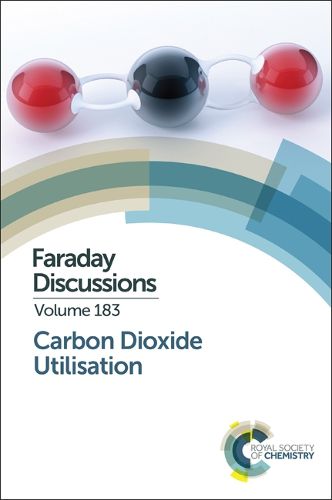Readings Newsletter
Become a Readings Member to make your shopping experience even easier.
Sign in or sign up for free!
You’re not far away from qualifying for FREE standard shipping within Australia
You’ve qualified for FREE standard shipping within Australia
The cart is loading…






Carbon dioxide utilisation processes convert CO2 into commercially viable products such as chemicals, polymers, building materials and fuels. This emerging technology can contribute to the reduction of greenhouse gas emissions by using CO2 to manufacture useful products. While generally un-reactive, CO2 can be activated, particularly through catalysis, to yield a vast array of chemical feedstocks, intermediates and value-added products. For this to be effective, a synergistic approach is needed where multiple technologies and energy sources are integrated over a complete system. Following the Carbon Dioxide Utilisation Faraday Discussion (September 2015), this book provides a holistic approach, identifying where efficiencies can enhance the whole process economics and predicting where there may be bottlenecks in the supply chain. Carbon dioxide utilisation is presented as a complementary rather than competitive approach to carbon capture and storage, where the product produces a viable profit that can be used to off-set carbon capture technologies.
$9.00 standard shipping within Australia
FREE standard shipping within Australia for orders over $100.00
Express & International shipping calculated at checkout
Carbon dioxide utilisation processes convert CO2 into commercially viable products such as chemicals, polymers, building materials and fuels. This emerging technology can contribute to the reduction of greenhouse gas emissions by using CO2 to manufacture useful products. While generally un-reactive, CO2 can be activated, particularly through catalysis, to yield a vast array of chemical feedstocks, intermediates and value-added products. For this to be effective, a synergistic approach is needed where multiple technologies and energy sources are integrated over a complete system. Following the Carbon Dioxide Utilisation Faraday Discussion (September 2015), this book provides a holistic approach, identifying where efficiencies can enhance the whole process economics and predicting where there may be bottlenecks in the supply chain. Carbon dioxide utilisation is presented as a complementary rather than competitive approach to carbon capture and storage, where the product produces a viable profit that can be used to off-set carbon capture technologies.